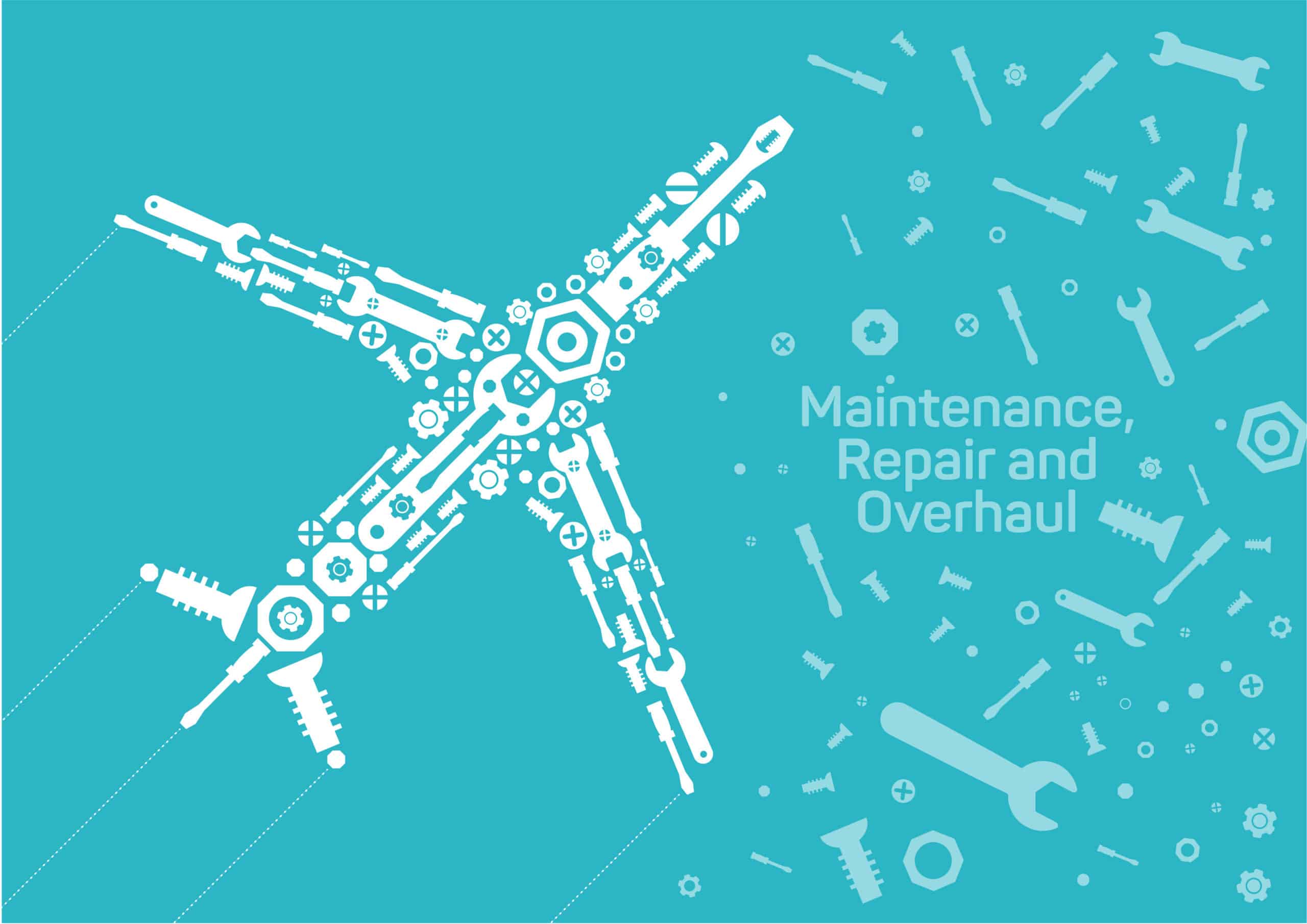
In today’s economy manufactures are constantly looking for opportunities to increase customer loyalty, introduce new revenue streams, and improve margins. The adoption of Industry 4.0 technologies has become a prevalent approach that manufacturers have taken to pursue these three business opportunities. This has led to the pursuit of digital continuity based on a concept called “the Model-Based Enterprise” (MBE). The objective is to establish modeling and simulation systems, typically with engineering disciplines that are linked to business management and operations is to drive improved outcomes. An MBE strategy provides an ideal foundation for “cradle to grave” traceability, including establishing and maintaining digital models for field service and Maintenance, Repair, and Overhaul (MRO) capabilities in complex discrete industries.
As defined by NIST developed in conjunction with the DoD, the MBE is an approach to improve multiple aspects of product development, production, delivery, and support. After delivery support or MRO is an area where many manufacturers, particularly in the A&D industry, are looking to address the opportunities identified above. A key to being able to realize the opportunity is ensuring that product traceability or genealogy is built into your production systems.
The Role of Models in Field Service and MRO
As explained in the NIST MBE work, a (digital) model serves four primary purposes:
- A model is a representation of a product
- A model is a representation of a process
- A model is a predictor of behavior, and
- A model is an integration enabler
The first three are directly correlated with improving field service or MRO capabilities and the subsequent opportunities. Deriving benefits from these models, however, is dependent on their accuracy and fidelity.
There are two elements in achieving high fidelity:
- The accuracy of the model itself, and
- The accuracy and precision of the data fed into the model for the subsequent simulations that drive the business decisions based on the models
This explains why traceability is so critical to deriving all the benefits from adopting an MBE approach to manufacturing and subsequent field service or MRO opportunities.
Traceability and Decision Support
Since a digital model is a representation of a product, the more detail that can be provided about what components were involved to make the product, the better the digital model will be. The same holds as to the process parameters involved in the manufacturing.
When after-delivery reliability problems surface, Failure Modes and Effects Analysis (FMEA) is often used to understand the root cause of the failure to then direct corrective or preventive action. If a certain component is prone to failure, but the information about that component is limited to only its basic identification, the corrective action would likely require retrofitting or repairing every product/unit with that component.
Alternatively, if the FMEA activity can determine that the failure only occurs in parts from a specific supplier that delivered components between an exact date range and only when the installation torque was in the top 25% of the allowable range, then there is a big opportunity to reduce the cost of remediation by as much as 90% or more. However, the only way to accomplish this benefit is if each product’s or unit’s genealogy has the level of detail that you can identify exactly the ones that will need attention.
MES & Traceability
The key to capturing the data critical to this level of functionality is in having a production system, typically your MES, that has both the speed of response and the data storage capability both from a volume and a field definition perspective. Your MES must efficiently collect not only serialized product data but also relevant process data such as torques, temperatures, pressures, or other similar data with little or no operator intervention, especially in high-volume production environments.
Further, by extending your digital thread of continuity to post-production field service and Maintenance, Repair, and Overhaul activities, the potential benefits and value from an MBE approach can be significantly augmented. It is this concept that is helping to drive the recent surge of MES investments and the accompanying merger and acquisition activity that has occurred this year.
Capturing the Opportunity
In the example above, imagine the economic advantage a manufacturer could have by being able to offer a customer a potential order-of-magnitude reduction in field service downtime related to component failures. A similar value is possible to those providing field service as part of a sustainment or MRO contract. This is just one example of the size of this opportunity. Others center around the more timely replacement of life-limited components, identification of operational performance issues by staff and subsequent improved training, and improved supplier qualification and management.
But to capture these opportunities, your MES must provide your high-fidelity traceability capabilities and be seamlessly integrated with field service and MRO operations. If your existing systems infrastructure can’t support this vision, then perhaps it is time to consider an upgrade.





